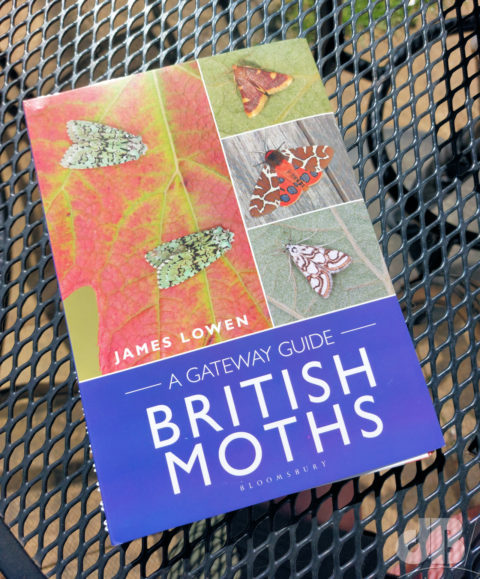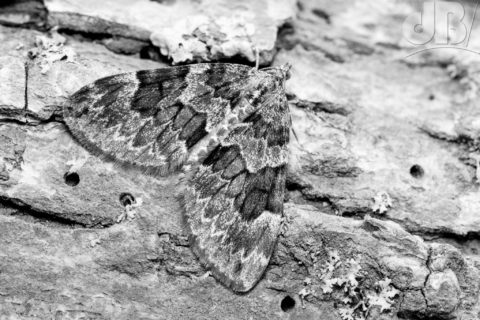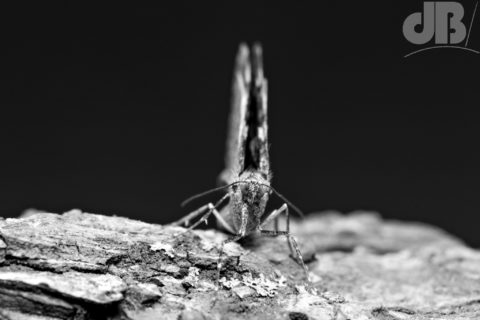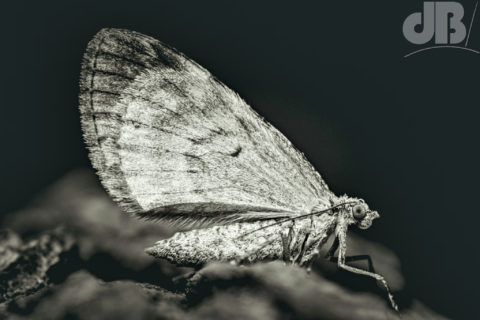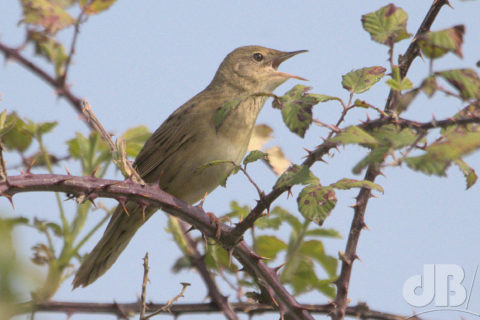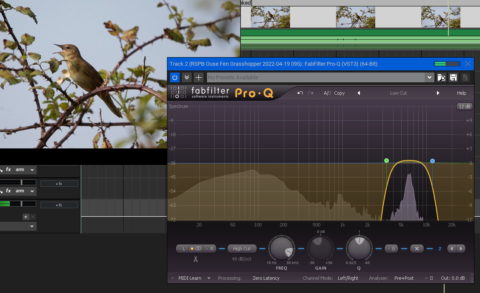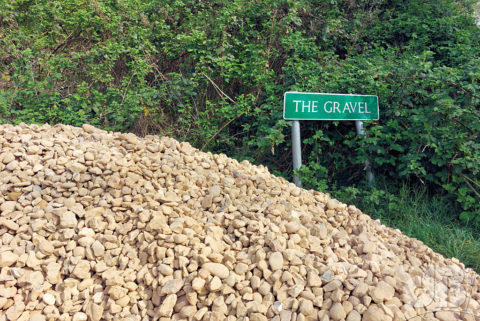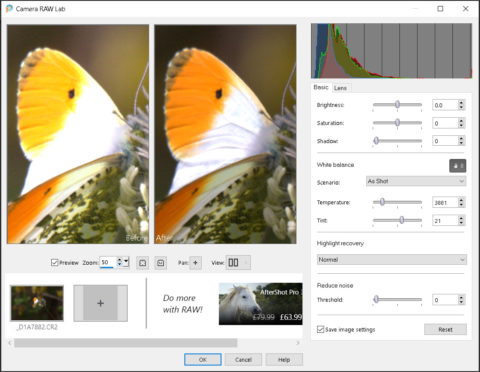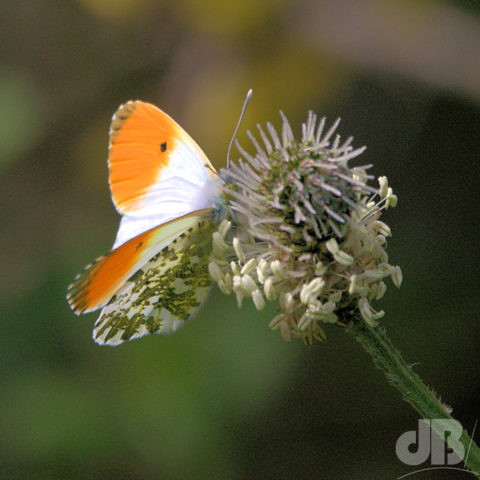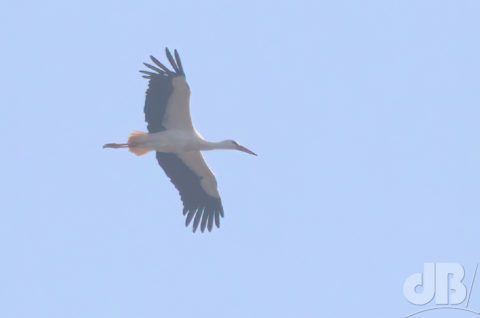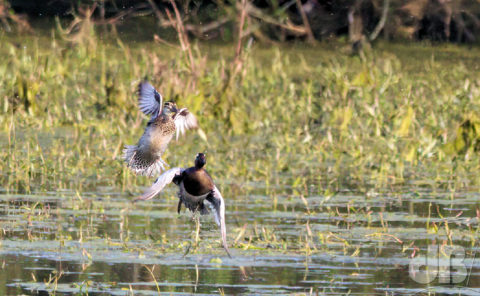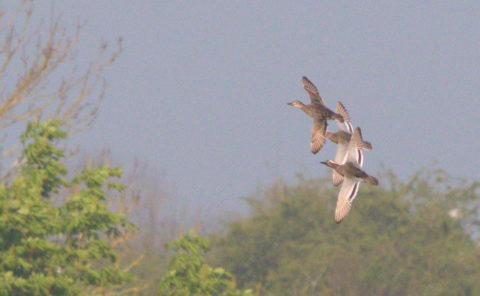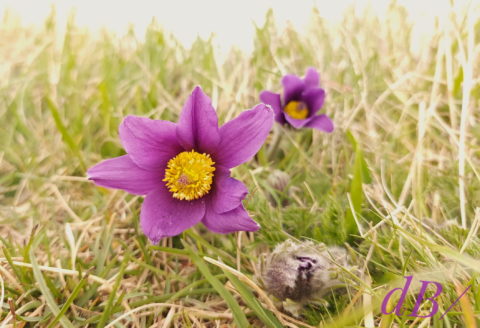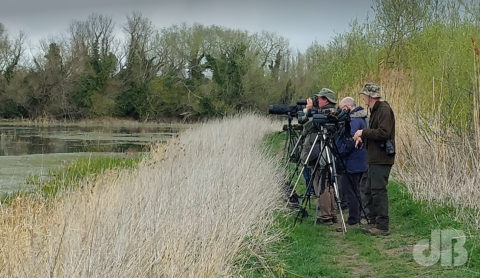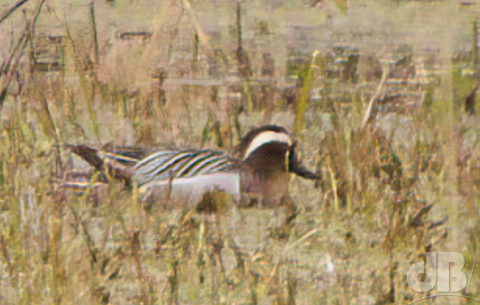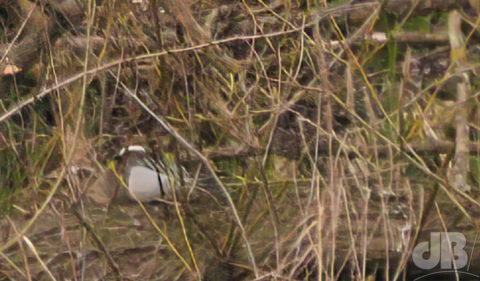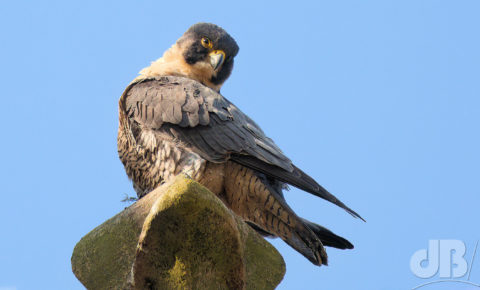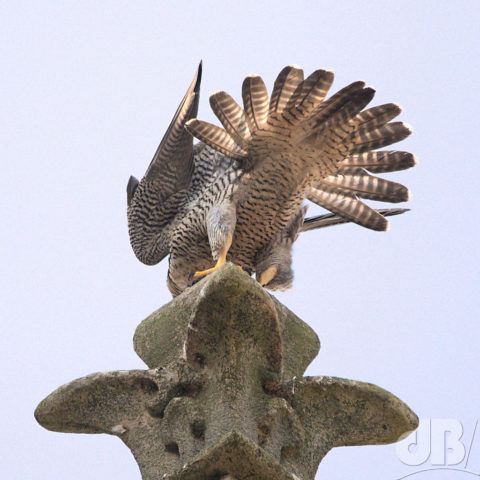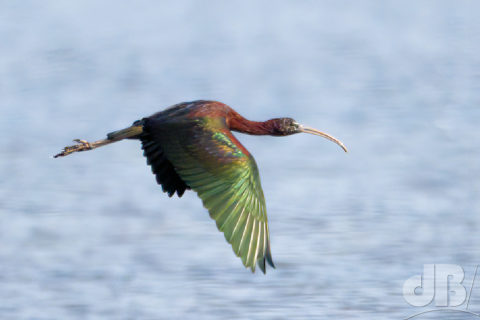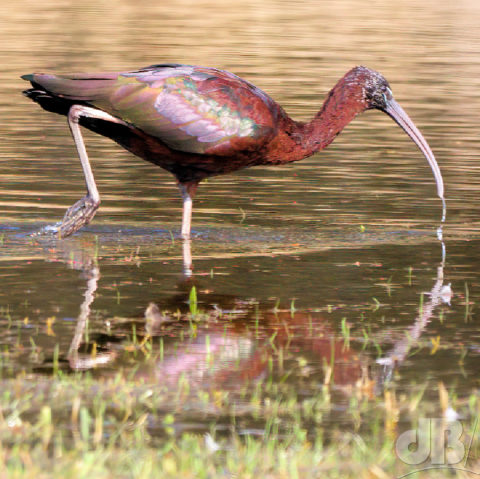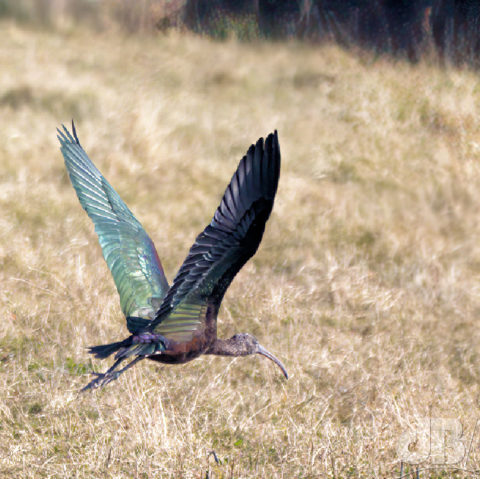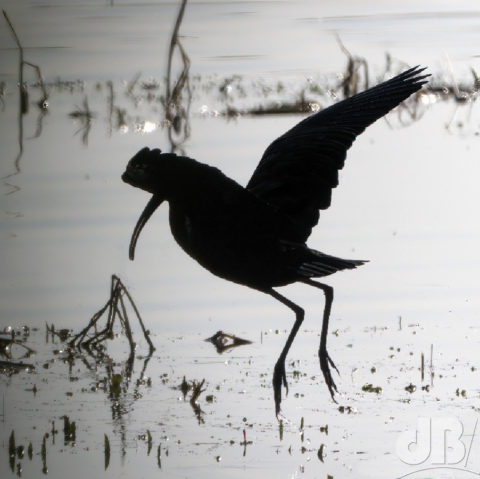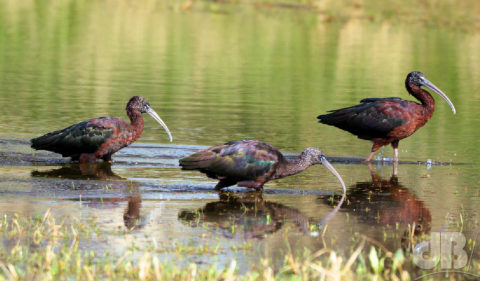I hear (but don’t often see) Cetti’s Warblers all year round out here in the Cambridgeshire Fens. They have a loud and distinctive call, which varies from region to region (they have dialects) and sometimes vary between individuals even on the same patch. To my ear, it sounds like “whi-choo, whi-chooey-choo, whi-chee-choo” or something like that. Quite harsh but a not unpleasant song, can’t be confused with anything else I hear in the fens. Have a listen to some across the UK here.
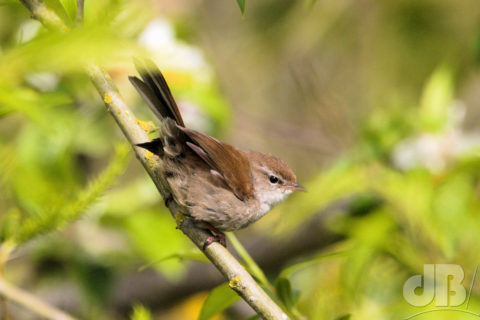
But, they’re rather shy birds and lurk deep within trees and brambles. Usually, they prefer not to have their photo taken although I have snapped them once or twice before as Sciencebase Instagram followers will know.
There are lots of them on the local bird reserves, including RSPB Berry Fen, where I got a snap of one after it called and popped out from hiding. I hear them in Winter, all through the Spring into Summer and across the Autumn. I’m sure some of them will be migratory like other warblers, but there are enough that stay put that you can catch their call any time of year.
Incidentally, the bird is named for Francesco Cetti (9 August 1726 – 20 November 1778) an Italian Jesuit priest, zoologist, and mathematician. IN case you were wondering, it’s pronounced cheh-tee, not seh-tee, although you do hear a lot of birders saying it with an “s” and not a “ch”.
